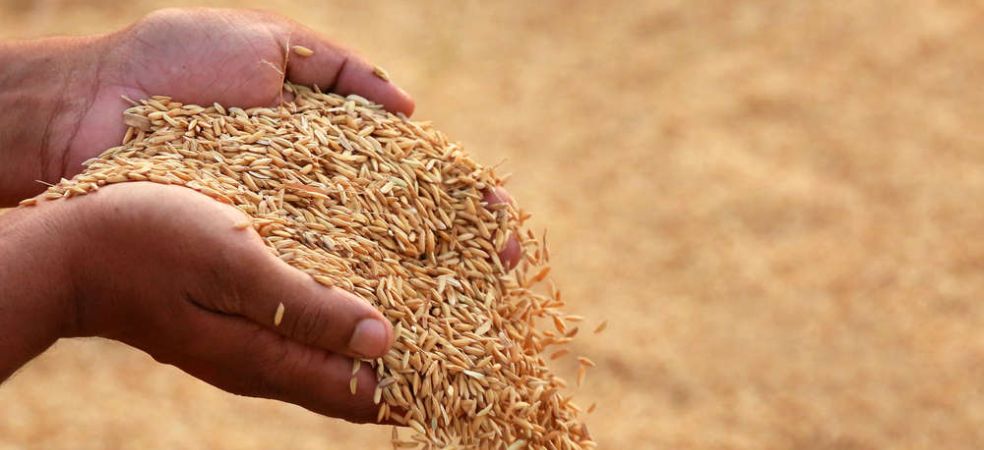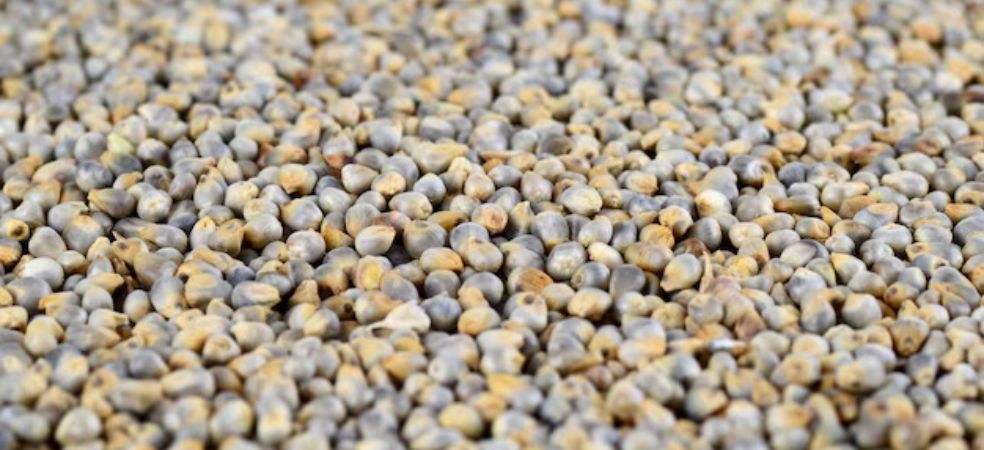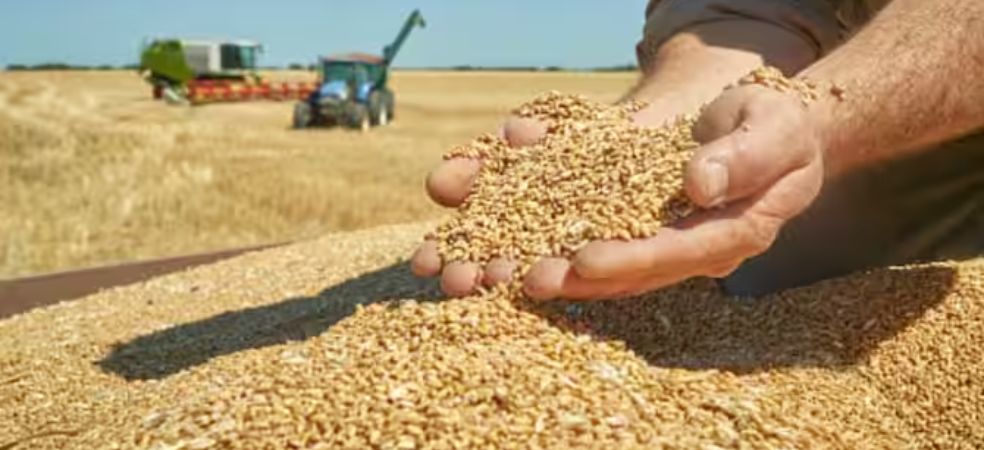After harvesting the Rabi crops, now all the farmers want to sell their crops as soon as possible. MSP is also being determined by the government for different crops, in this episode, the purchase of paddy at MSP is going to start in Madhya Pradesh from today. The purchase of paddy at MSP will be done from 2 December 2024 to 20 January 2025.
If we talk about the support price of paddy i.e. MSP, then this time two support prices have been fixed for paddy in Madhya Pradesh. In these, the price of normal paddy is Rs 2300, while the price of grade-A paddy has been fixed at Rs 2320. Keep in mind here that the money for paddy purchase will be transferred directly to the bank account linked to the Aadhaar number during farmer registration. Let us tell you that this time the state government has set up more than 1500 procurement centers across the state for the purchase of paddy, so that farmers do not face any problem in selling the crop.
Source: Zee News
ShareFor beneficial government agricultural schemes and other information about the agriculture sector, do read Gramophone’s articles daily. Do not forget to share this article with your friends from the share button given below.










